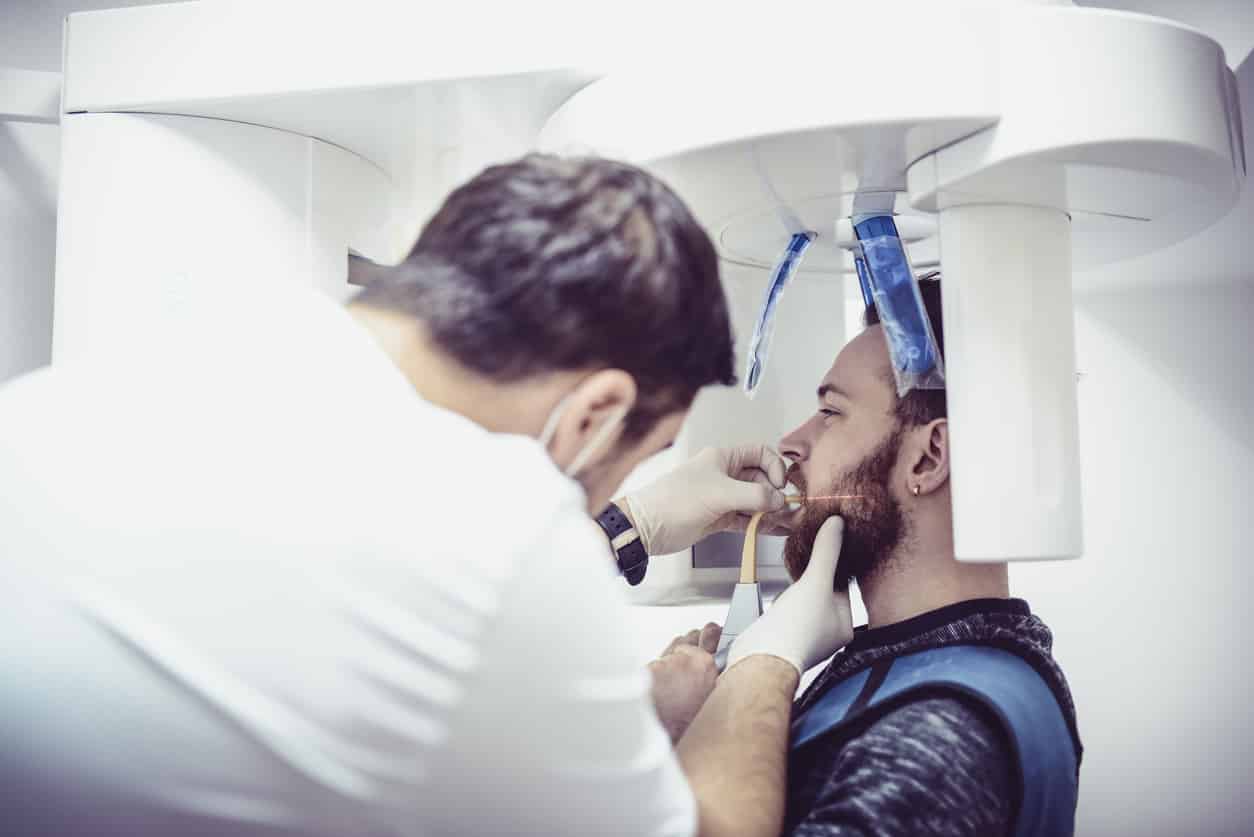
It can progress quickly
There are several symptoms to look for
Gum disease doesn’t happen overnight. It comes from plaque that has built up over time and then can rapidly go from gingivitis to periodontitis, which can lead to tooth loss and a host of other health problems.
Diligent toothbrushing, flossing and mouthwash usage can keep the plaque and gum disease at bay. People need to brush at least twice a day for two minutes each with a soft-bristled toothbrush, preferably an electric one.
It’s if these things get neglected that problems begin. At first it’s gingivitis, but it can rapidly progress to periodontitis and that can escalate frighteningly fast. Once the plaque buildup has occurred and taken hold, then it’s best to look out for these symptoms to ward off possible irreversible damage.
Bleeding Gums
Sometimes it’s normal for one to see a bit of blood when they are flossing, especially if they took a short break from it. If it’s constant or it shows no signs of improvement over a few days, they should go to see their dentist to have an examination.
Loose Teeth
When one feels loose teeth in their mouth as a child, it brings on a sense of anticipation. They will lose the teeth and gain adult ones. Grown-ups, on the other hand, feel dread since the only thing coming after that are dentures or dental implants.
Sensitive Teeth
If it hurts people to drink hot or cold beverages or to go out in winter weather, that may be because their gums are reacting to the temperatures or because their gums have receded, exposing the nerve. This is another sign of gum disease and it warrants a prompt dental visit.
Other things to watch out for is inflamed gums, pus in between the teeth, gum recession, and bad breath that can’t be explained. People can also have gum disease while not showing any of these outward symptoms so it’s best to combine a good oral health regimen along with seeing a dentist at least twice a year, if not more to make sure that nothing has progressed or is lurking under the gumline or in the jaw.
Depending on the severity of the infection and how much it has progressed, treatment can be as simple as scaling and root planing or it can require surgery like gum grafts. Antibiotics may be needed in varying forms, from micro pellets to liquid to pills. A general dentist can handle a lot but sometimes a specialist like a periodontist may be called in. Usually, patients see a dentist twice a year, but in the case of gum disease, the dentist or specialist may ask them to come in every three months until oral health is fully restored.
The staff at Esthetix Dental Spa can do periodontal work and stop gum disease from progressing further. The results will be a smile that their patients can be proud of displaying to the world.








